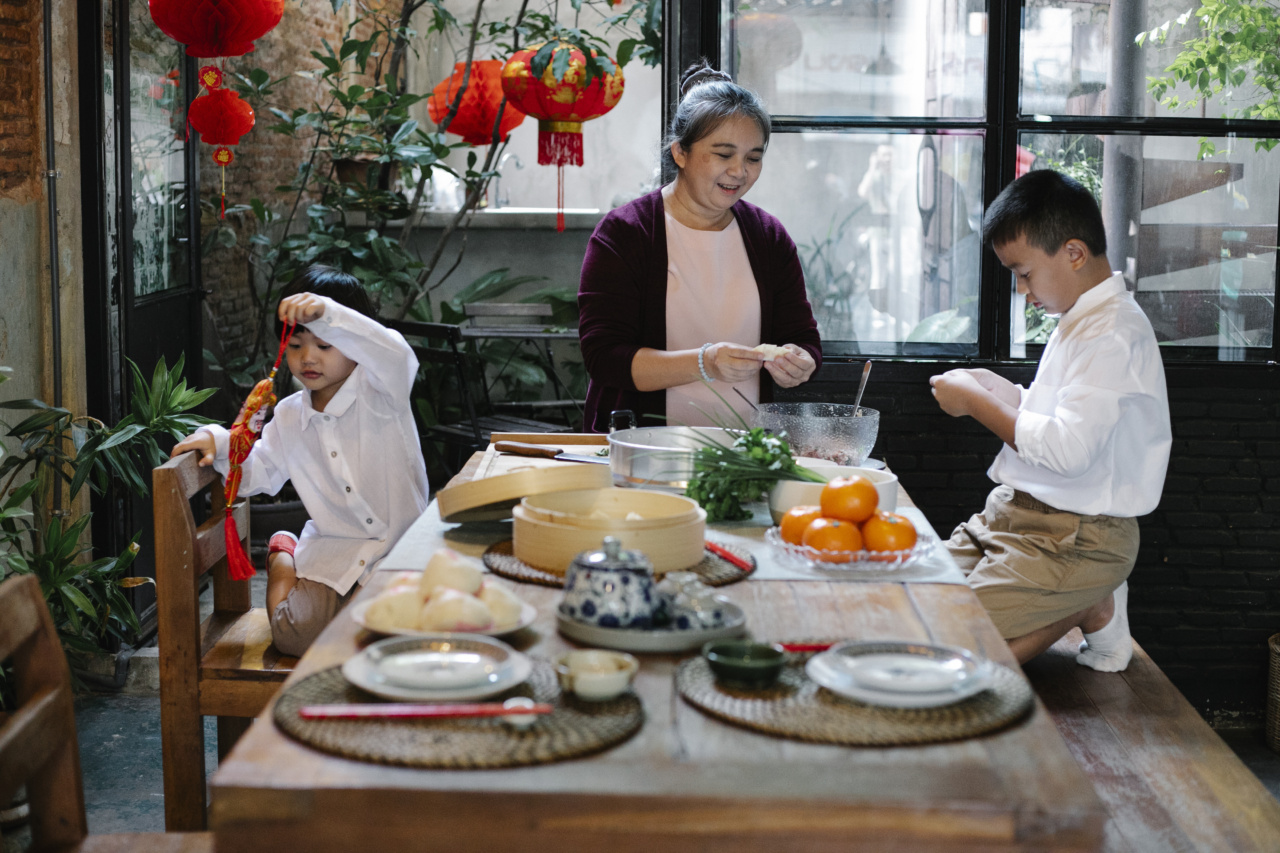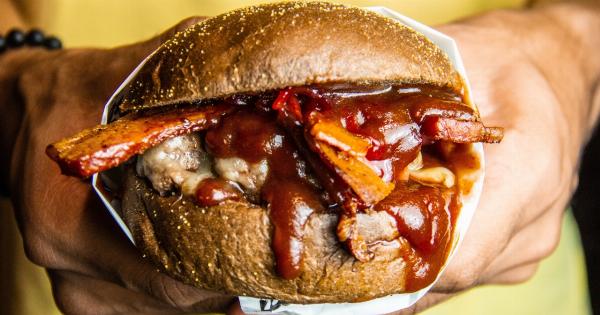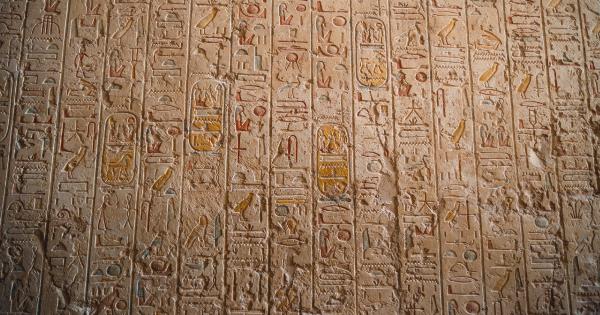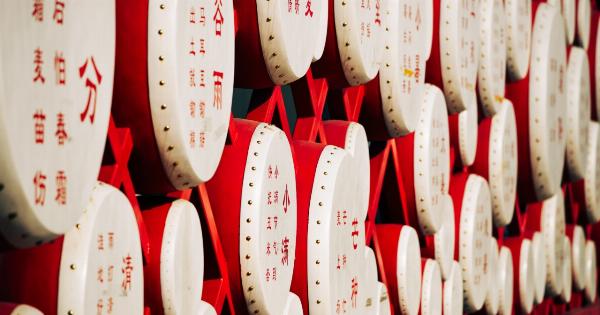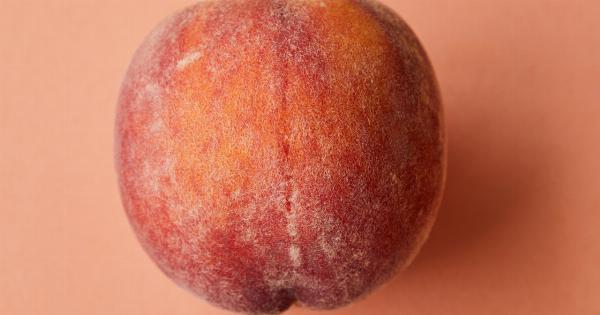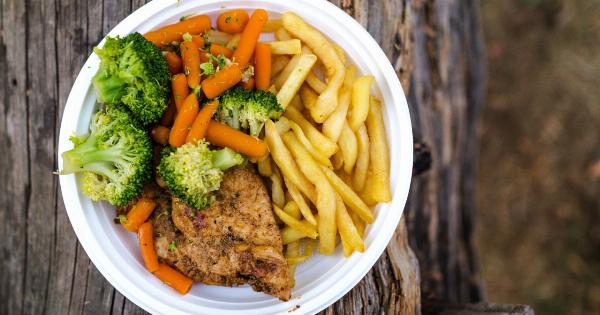Baozi, also known as Chinese steamed buns, have a long and rich history dating back thousands of years in China. These delectable and versatile buns have become a staple in Chinese cuisine and have gained popularity worldwide.
Baozi are made by steaming filled dough, resulting in a soft and fluffy texture. They come in various shapes, sizes, and fillings, making them a favorite snack or meal option for many.
The Making of Baozi
The process of making baozi involves several steps, starting with the preparation of the dough. The dough is made from flour, yeast, water, and sometimes a pinch of salt or sugar.
It is kneaded until it becomes elastic and smooth, and then left to rise for a period of time.
While the dough is resting, the filling for the baozi is prepared. Common fillings include minced meat (such as pork, beef, or chicken), vegetables, seafood, or a combination of ingredients.
The filling is seasoned with various spices, sauces, and other flavorings to create a delicious and savory filling.
After the dough has risen, it is divided into smaller portions and rolled out into circles. The filling is then placed in the center of each circle, and the edges are pleated or sealed to enclose the filling.
This process requires skill and practice to ensure that the baozi are properly sealed and do not leak when steamed.
Once the baozi are assembled, they are placed in a steamer and steamed for a certain amount of time. The steaming process allows the dough to cook and become fluffy while the filling is heated and infused with flavors.
Types of Baozi
Baozi come in a wide variety of types, each with its own unique characteristics and flavors. Here are some popular types of baozi:.
1. Char Siu Bao (Barbecue Pork Buns)
Char siu bao is a type of baozi filled with deliciously marinated barbecued pork. The filling is sweet and savory, making it a favorite among many baozi enthusiasts.
2. Xiaolongbao (Soup Dumplings)
Xiaolongbao are a type of baozi that contain a savory soup filling. These delicate dumplings are carefully sealed, allowing the soup to stay inside until bitten into, resulting in a burst of flavors.
3. Jiaozi (Dumplings)
While not technically baozi, jiaozi are a popular type of Chinese dumpling that shares similarities with baozi. Jiaozi are usually boiled or pan-fried and can be filled with a variety of ingredients.
4. Vegetable Buns
For those who prefer vegetarian options, vegetable buns are a great choice. These baozi are filled with a mixture of seasoned vegetables, providing a healthy and tasty alternative.
5. Red Bean Buns
Sweet tooths will love red bean buns, which are filled with sweetened red bean paste. These buns are a popular dessert option in Chinese cuisine.
Regional Variations
Across China, different regions have their own unique variations of baozi. Here are a few notable regional variations:.
1. Shengjian Mantou (Shanghai-Style Buns)
Shengjian mantou are a specialty of Shanghai. These pan-fried buns have a thicker dough compared to traditional steamed baozi, and they are often filled with pork and gelatinized broth.
2. Cha Siu Bao (Cantonese-Style Buns)
Cantonese-style cha siu bao are characterized by their soft and fluffy dough. The filling typically consists of barbecue pork, and the buns may have a glossy finish due to the application of an egg wash before baking.
3. Goubuli Baozi (Tianjin-Style Buns)
Goubuli baozi, originating from Tianjin, are known for their small size and delicate appearance.
The name “goubuli” translates to “dog ignores,” suggesting that these buns are so delicious that even a dog would ignore its master for a taste.
4. Hóngshāo Ròu Bāo (Braised Pork Belly Buns)
Hóngshāo ròu bāo are a specialty from Taiwan. These buns are filled with tender and flavorful braised pork belly, which is often accompanied by pickled mustard greens and crushed peanuts.
The Cultural Significance of Baozi
Baozi hold a significant place in Chinese culture, not only as a beloved food but also as a symbol of reunion and blessings.
During Chinese New Year, families often gather to make and eat baozi together, symbolizing unity and togetherness. Baozi are also commonly offered as a gift to friends and loved ones during festive occasions or as a gesture of goodwill.
In addition, baozi have been featured in various Chinese literary works and folklore, further cementing their place in Chinese cultural heritage.
Conclusion
Baozi, or Chinese steamed buns, are a delicious and versatile food that has stood the test of time.
With their soft and fluffy texture and a variety of fillings to choose from, baozi have become a popular choice for meals and snacks both in China and around the world. Whether enjoyed as a savory treat or a sweet dessert, baozi continue to delight the taste buds and hold a special place in Chinese culture.
